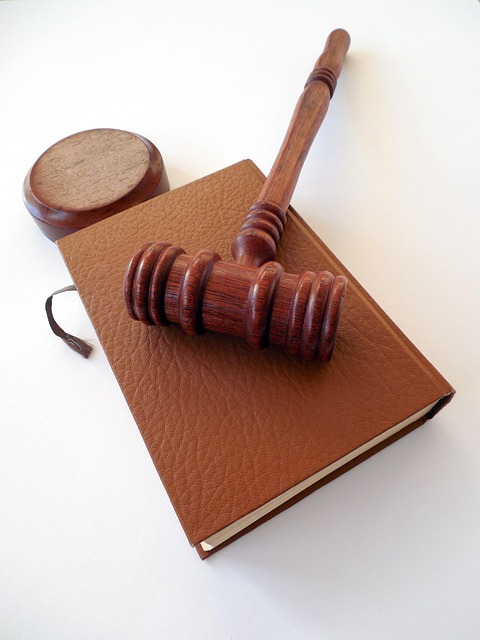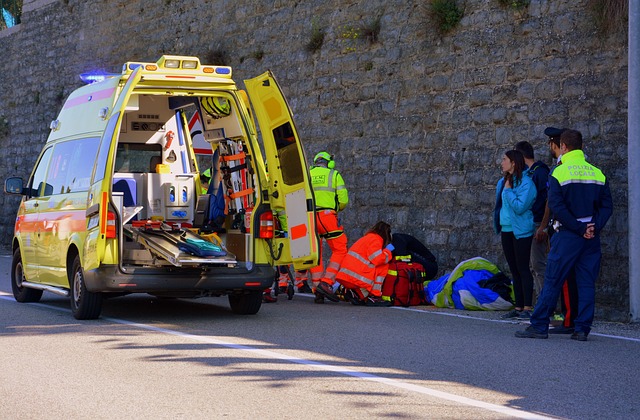Environmental Crime Trials, governed by federal, state, and international laws, are powerful tools for accountability in cases of environmental harm. A class action lawsuit is a collective tool for individuals harmed by environmental crimes, requiring evidence gathering and legal consultation to understand applicable regulations. This process involves seven key steps from identifying violations to navigating investigations. Proving significant environmental damage with concrete evidence is crucial for successful claims, leading to ecological restoration, industry standards, and deterrence. Class action lawsuits have driven substantial changes in business practices and inspired political/philanthropic sectors to strengthen environmental policies, emphasizing the importance of collective action in environmental justice.
“Environmental Crime Trials: Empowering Justice through Class Action Lawsuits
As environmental degradation continues to pose significant global challenges, understanding the legal mechanisms to combat these crimes is paramount. This article delves into the world of environmental crime trials, offering an in-depth look at class action lawsuits as a powerful tool for accountability. From deciphering legal frameworks and identifying perpetrators to navigating the step-by-step process of filing claims, we provide a comprehensive guide.
Explore real-world success stories and discover how these collective efforts have made a tangible impact on our planet.”
- Understanding Environmental Crime Trials: An Overview of Legal Frameworks
- Who Can File a Class Action Lawsuit for Environmental Crimes?
- The Process of Filing a Claim: Step-by-Step Guide
- Key Elements to Prove in an Environmental Crime Trial
- Success Stories and Impact: Real-World Examples of Class Action Lawsuits
Understanding Environmental Crime Trials: An Overview of Legal Frameworks

Environmental Crime Trials are legal processes designed to hold individuals and corporations accountable for harmful environmental actions. These trials rely on a robust legal framework that includes federal, state, and international laws. Understanding how these frameworks interweave is crucial when considering a How to File Class Action Lawsuit Claim. The process involves all stages of the investigative and enforcement process, from identifying violations to gathering evidence and presenting cases in court.
Successful Environmental Crime Trials often achieve extraordinary results by addressing ecological damage and securing reparations for affected communities. This includes compensating for environmental restoration, setting precedents for future compliance, and deterring similar misconduct in the respective business sector. The legal system’s ability to navigate complex issues ensures that justice is served while fostering sustainable practices.
Who Can File a Class Action Lawsuit for Environmental Crimes?

Anyone harmed by an environmental crime can file a class action lawsuit, providing a powerful tool to hold polluters accountable. These lawsuits are particularly effective when numerous individuals or communities have suffered similar damages due to a single incident or ongoing illegal activity. Class actions allow for consolidated legal proceedings, simplifying the process of seeking justice and compensation for all affected parties.
To initiate this process, potential plaintiffs must gather evidence and consult legal experts who specialize in environmental law. Understanding the nuances of applicable regulations and the specific circumstances of the case is crucial. By coordinating efforts across the country, environmental advocates can ensure that all stages of the investigative and enforcement process are followed, increasing the chances of avoiding indictment for polluters while securing restitution for victims.
The Process of Filing a Claim: Step-by-Step Guide

Filing a claim for environmental crimes is a complex yet crucial step in holding accountable those who violate ecological regulations. Here’s a straightforward guide on how to initiate this process, focusing on class action lawsuits as a collective response to widespread environmental damage.
1. Identify the Environmental Violation: The first step involves pinpointing an instance of environmental degradation or a business engaging in activities that contravene environmental laws. This could range from pollution to habitat destruction, impacting communities and ecosystems alike.
2. Research and Understand Legal Options: Dive into the applicable laws and regulations pertaining to environmental protection in your jurisdiction. Determine if a class action lawsuit is the most suitable strategy given the nature of the violation and its scale. Engage with legal experts or advocacy groups specializing in environmental law to chart a course for your claim.
3. Formulate a Solid Case: Gather evidence documenting the environmental harm, including scientific reports, photographic evidence, and testimonies from affected residents. This step is pivotal, as it strengthens your case and increases the likelihood of success.
4. Locate and Contact Legal Representation: Seek out attorneys with experience in handling class action lawsuits, particularly those involving environmental issues. They will guide you through the legal framework, ensuring your claim adheres to procedural rules and maximizes its impact.
5. Draft and File the Complaint: With legal counsel, prepare a detailed complaint outlining the environmental crime, its impacts, and the damages suffered by the affected parties. This document initiates the legal process, formally alerting the respective business and authorities to the violation.
6. Engage with Philanthropic and Political Communities: Beyond the legal battle, leverage community support through advocacy and engagement with philanthropists and political entities. Their involvement can enhance public awareness, amplify your message, and potentially lead to more substantial, systemic changes.
7. Navigate All Stages of Investigative and Enforcement Process: After filing, actively participate in the investigation, providing necessary information and documents. Stay informed about the progress and be prepared for potential negotiations or court proceedings that follow.
Key Elements to Prove in an Environmental Crime Trial

In an Environmental Crime Trial, proving key elements is pivotal for success. To file a class action lawsuit claim effectively, plaintiffs must demonstrate that the respective business has caused significant environmental damage, intentionally or through negligence. This involves presenting concrete evidence of pollution, habitat destruction, or other ecological harm that goes beyond normal industrial byproducts.
Additionally, it’s crucial to show that this business’s actions have had a substantial negative impact on the community, encompassing both philanthropic and political communities. Achieving extraordinary results in these trials requires linking the environmental crime directly to public health issues, loss of biodiversity, or economic disruption within the affected area. This comprehensive approach helps ensure that justice is not only served but also fosters greater accountability among businesses for their ecological footprint.
Success Stories and Impact: Real-World Examples of Class Action Lawsuits

In the realm of environmental crime trials, class action lawsuits have emerged as a powerful tool for justice. These legal strategies not only hold respective businesses accountable for their ecological transgressions but also empower communities affected by these crimes. Real-world examples illustrate the profound impact of such suits, showcasing how they can drive significant changes and foster a sense of accountability among corporations. For instance, landmark cases against major industrial entities have led to unprecedented track records of remediation, with companies investing heavily in eco-friendly practices and technological advancements.
By pooling resources and sharing legal strategies, affected communities can effectively challenge polluters. The success stories of these class action lawsuits extend beyond financial compensation; they inspire philanthropic and political communities to reevaluate environmental policies, promoting stricter regulations and encouraging businesses to adopt more sustainable operations. Understanding how to file a class action lawsuit claim is crucial for citizens to protect their rights and contribute to the broader fight against environmental degradation.
Environmental crime trials play a pivotal role in holding offenders accountable and safeguarding our planet. By understanding the legal frameworks, recognizing the potential for class action lawsuits, and knowing the key elements to prove, individuals can actively contribute to environmental justice. The success stories highlighted demonstrate that collective action through class action lawsuits has a profound impact on addressing environmental wrongs. Armed with knowledge and a unified front, folks can navigate the process, follow the step-by-step guide, and become catalysts for change, ensuring a cleaner and more sustainable future for all.






